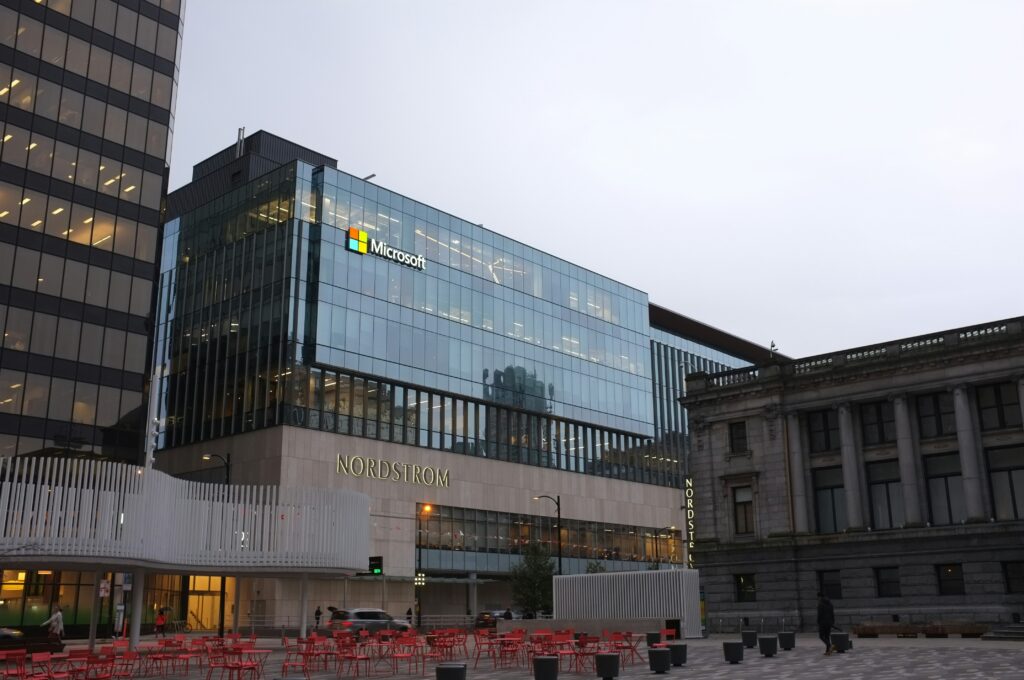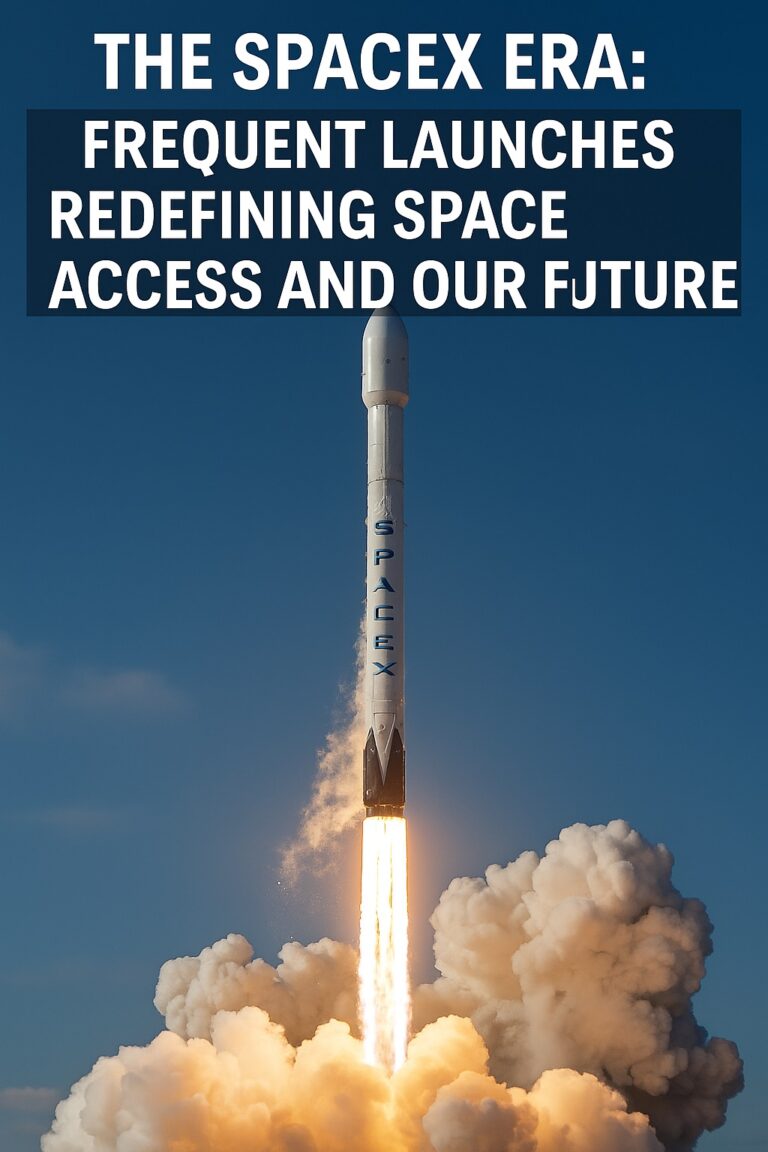
⚠️ Financial & Career Disclaimer
This article provides general information about the recent layoffs at Microsoft. It does not constitute legal, financial, or career advice. Readers are encouraged to consult official company statements, trusted news outlets, or professional advisors for personalized guidance.
1. What Just Happened? (June 2025 Update)
Microsoft announced two rounds of workforce reductions in May and June 2025:
- First round (May 13, 2025): Approximately 6,000 jobs — about 3% of its global workforce of ~228,000 — were cut, predominantly affecting software engineers and product/technical managers .
- Second round (Early June 2025): Another 300+ positions were eliminated in Washington state, as part of a continuing restructuring effort .
These layoffs coincide with Microsoft’s aggressive shift toward AI-first strategies and remain part of a broader organizational realignment.
2. Why the Layoffs? How AI is Reshaping the Workforce
📌 Efficiency via AI Tools
Microsoft’s integration of tools like Copilot, which automates substantial coding tasks, has begun replacing traditional developer workload — CEO Satya Nadella has said AI now generates about 30% of Microsoft’s own code .
📌 Organizational Flattening
A strategic decision to reduce layers of middle management is underway. The aim is to streamline operations and foster agility as the company adapts to AI-driven models .
📌 Talent Reallocation
Microsoft is investing heavily in AI infrastructure, focusing on cloud and compute resources. Priority is now given to roles directly linked to AI innovation, optimizing retention and recruitment accordingly .
3. Who Was Affected?
- Software Engineers & Technical Managers: Most hit during the initial round.
- Product & Project Managers: Especially those tied to non-AI domains like Office, Xbox, and LinkedIn .
- Geographic Scope: Cuts spanned Microsoft’s global offices, with additional reductions centered in the Washington state campuses .
4. The Human Impact
- Many layoffs were abrupt, with employees reporting immediate access revocation to company systems.
- The emotional toll was palpable — VP Scott Hanselman described it as “a day with a lot of tears” .
- LinkedIn posts from affected employees, including AI division director Gabriela de Queiroz, underscored the personal toll .
5. The Bigger Picture: Tech & AI Trends
- Industry Context: Tech companies have cut over 62,000 jobs in the first five months of 2025. Microsoft’s 6,000-job reduction is substantial, though not unique .
- AI-Driven Realignment: Like Microsoft, rivals such as Google, Amazon, Meta, and Salesforce are executing similar AI-based reorganizations — balancing cuts with long-term investment in AI innovation .
6. What It Means for the Future of Work
🔄 Displacement & Redeployment
- Roles aligned with routine processes and middle management are most at risk.
- Conversely, new positions like prompt engineers, AI architects, data scientists, and AI ethicists are gaining traction.
📚 Upskilling Becomes Imperative
- Microsoft proactively launched AI-skilling initiatives, such as training 500,000 learners in rural India .
- Employee mobility within the company is being encouraged to match evolving skill requirements.
🤖 Adapting to the “Do More with Less” Era
- Companies are increasingly expecting higher output from leaner teams, turning AI into a force multiplier.
- Continuous learning, adaptability, and AI fluency are emerging as baseline workforce expectations.
7. Final Takeaways
| Key Insight | What It Means |
|---|---|
| Shift to AI-first | Microsoft’s latest layoffs reflect a major strategic pivot to center AI in its global operations. |
| Operations are streamlining | The focus is on talent aligned with AI innovation, not just cutting costs. |
| Worker adaptation is vital | Long-term career success is increasingly about mastering AI tools and continuous reskilling. |
About the Author
Pulsewire Editorial Team specializes in analyzing major tech and workforce developments, delivering insights on evolving industry trends and economic impact.
By combining verified facts, expert context, and human perspectives, this in-depth piece aims to illuminate not just what happened—but why it matters — as Microsoft and the tech world move boldly into an AI-dominated future.









